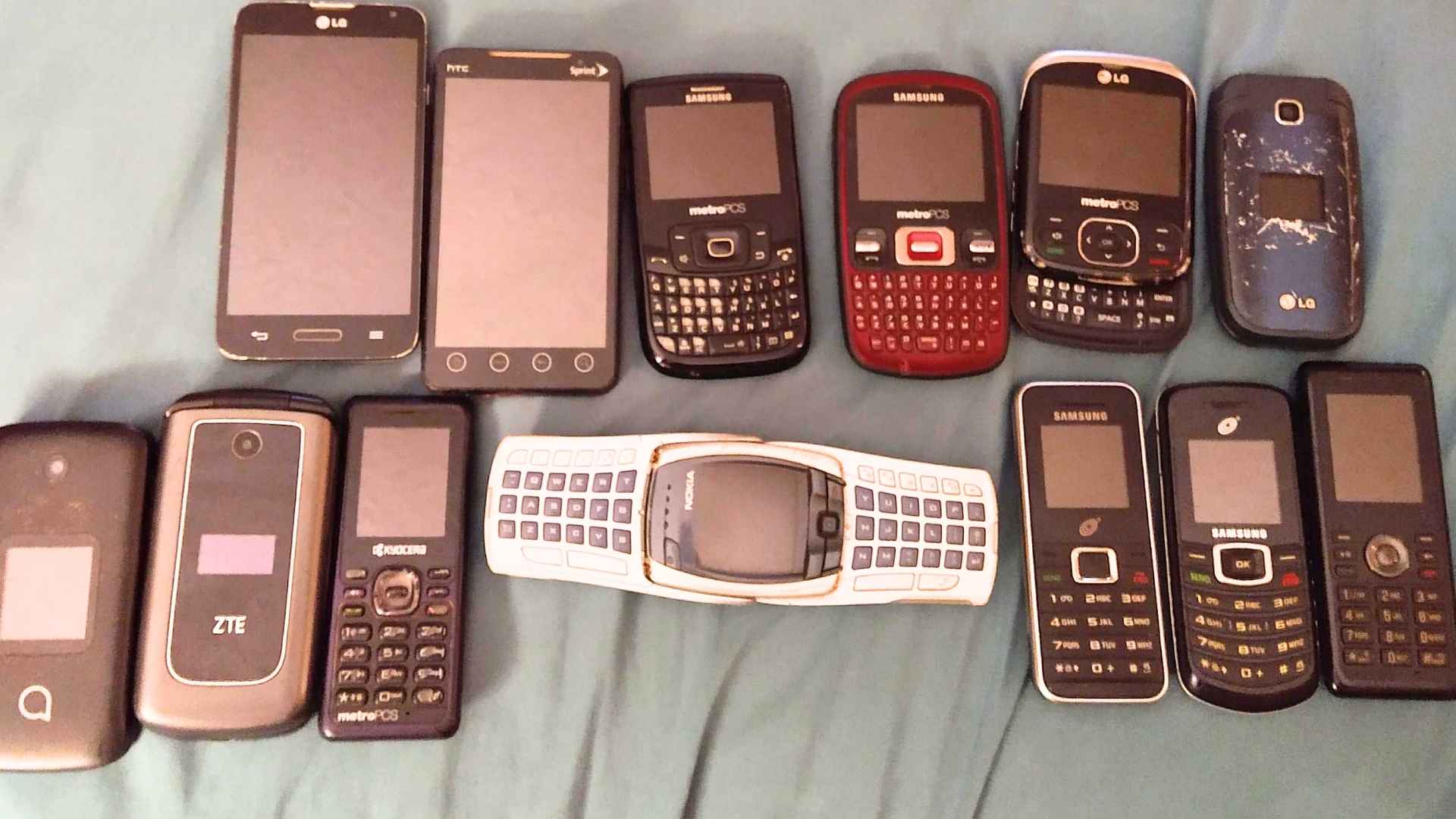Old handsets gathering dust may crunch data instead of wasting space, thanks to an ingenious modular frame dreamed up by two University of Tartu students.
Each year manufacturers ship over 1.2 billion new phones, and millions of functional devices slide straight into junk drawers. Engineering whizzes Huber Flores and Zhigang Yin offer a smarter ending: snap several phones into a 3‑D‑printed rack, link them with custom circuitry, and—voilà—your relics become a compact server farm.
How two University of Tartu students built a modular micro data center
Flores and Yin’s rig groups up to eight phones, combines their processors and batteries, and runs lightweight server software. The frame keeps every handset cool, while a shared board smooths power draw so no battery bears the brunt. Curious how they tested it? They bolted one prototype to a drone and streamed sensor data in real time without a hiccup.
Think bus shelters that tally passenger counts, farms logging soil moisture, or coastal buoys recording wave height. Because the parts are recycled, the cost rivals a fast‑food take‑out. And set‑up? Plug in a USB hub, load the app, and you’re live in minutes—no climate‑controlled room or megawatt power bill.
Table 1. Sample costs versus conventional edge servers
| Deployment | Edge box | Phone hub |
|---|---|---|
| Hardware price | ≈ $1,200 | < $150 |
| Power use (idle) | 45 W | 5 W |
| Weight | 4 lb | 0.8 lb |
Not bad, right? Yet the biggest winner may be the planet.
Why repurposing smartphones matters for sustainability and e‑waste reduction worldwide
The Global e‑Waste Monitor says tossed electronics hit 62 million tons last year. Phones, packed with cobalt, gold, and rare‑earth metals, are a growing slice. Extending life even two extra years cuts raw‑material demand and slashes carbon from new production. So, what’s the catch? Flores says mainstream adoption hinges on open‑source software and community buy‑in—areas they’re tackling now with public Git repos and step‑by‑step guides. Next steps for would‑be tinkerers:
- Dig out an Android phone running at least Android 9.
- Download the free “Micro‑Cluster” image from the students’ GitHub page.
- Print or order the universal frame (STL files included).
- Follow the wiring diagram, then connect to Wi‑Fi.
Before you know it, that “junk” phone is serving a website or crunching sensor logs. By turning unneeded gadgets into useful computing nodes, Flores and Yin show that high‑tech solutions don’t always start fresh out of the box. Their micro center won’t replace Amazon Web Services—but in schools, field labs, or transit stops, it might be just enough. Why let good silicon gather dust?

